Water Management
The Water Footprint Network ranks Spain eighth in the ranking of nations with the largest water footprint on the planet, and second in the European ranking. However, if we talk about water consumption in Spain, it is not high, at around 132 litres per inhabitant per day, ranking eleventh in Europe. Of the total water abstracted in our country, almost 70 % is used for agriculture, 17.6 % for industrial use and the remaining 14.2 % for municipal consumption.
FCC Medio Ambiente continues to make great efforts to process to adapt to the consequences of climate change and, as far as possible, mitigate the adverse effects on water resources. Encouraging the rational and efficient consumption of this resource and promoting the use of water from alternative sources is a priority for us.
In order to reduce and optimise water consumption in the maintenance and conservation of green areas and trees in the cities where we provide our services, we encourage the introduction of sustainability criteria such as:
Efficient irrigation management:
- Gradual replacement of manual irrigation by automatic irrigation, in addition to promoting it by associating it with new and advanced technologies such as remote management.
- Optimisation of water supply by night irrigation.
- Use of localised irrigation systems and elements that help to avoid surface runoff, such as antidrainage valves to prevent unnecessary water losses in slope areas, and self-compensating drippers that allow for homogeneity in water supply.
- Installation of weather stations and humidity sensors to enable:
- An allocation calculation, taking into account a set of factors such as orientations, soil type or slope, which will determine whether it is advisable to increase the irrigation frequency and lower the allocation, or the other way round.
- Managing the ETP (Evapotranspiration Potential) which, at each time of the year, can determine the water requirements of the plantations, adjusting them to the existing climatic conditions.
- Proper maintenance of the irrigation system: routine inspections to check for broken pipes, broken sprinklers, broken drippers, etc.
- Technification of control systems such as the use of geophones to detect leaks in the irrigation network.
- Installation of draining pavement in cork oaks to improve the use of irrigation water.
Selection of species with lower water requirements and better adapted to the climate:
- For new plantings, replanting or replacement of trees, shrubs and flower beds, species adapted to the climate of each municipality and with low water requirements are selected.
- For the replacement of lawns and meadows, species are chosen that are adapted to the climatic.









